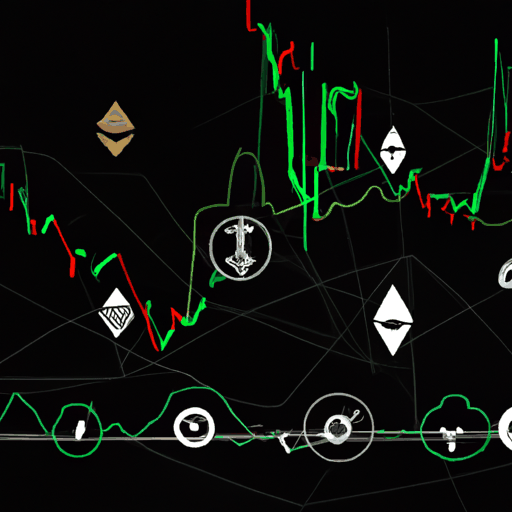
EU Markets Authority Highlights Concerns Over Tokenized Stocks
By: Eliza Bennet
Recent discussions among leading financial regulators have highlighted growing concerns over the implications of tokenized stocks. Natasha Cazenave, Executive Director of the European Securities and Markets Authority (ESMA), underscored that while the advent of crypto tokens representing stock values could reshape financial markets significantly, they also pose potential risks for investor misunderstanding. Primarily, this misunderstanding could stem from the fact that these tokenized instruments do not usually incorporate the same rights as direct share ownership, leading to a potential gap in investor expectations.
Despite these apprehensions, ESMA is optimistic about the technology itself, acknowledging its ability to facilitate around-the-clock trading and asset fractionalization. The purpose of tokenized instruments is to leverage blockchain technology to provide more accessible and flexible financial products. As outlined in a recent speech delivered by Cazenave at a capital markets conference in Dubrovnik, Croatia, these instruments fail to offer some crucial shareholder rights, such as voting or dividends, wary caution over investor assumptions about the equivalence of tokenized stocks and their traditional counterparts. ESMA's official page elaborates on ongoing regulatory efforts and developments related to digital market innovations.
In light of these developments, ESMA stresses the demand for comprehensive regulation and robust safeguards to prevent misinformation amongst investors. With several firms engaging in the tokenization of stocks and derivatives, backed by shares held in special-purpose companies, the regulatory body emphasizes creating a legal framework to ensure transparency and protect the financial interests of traders. This initiative is part of a broader strategy to align digital assets and traditional market safeguards, ensuring innovation does not outpace investor protection.
The discourse regarding tokenized assets is expected to evolve as more traditional financial sectors integrate blockchain technologies. The promise of enhanced liquidity and fractional investment is appealing, yet necessary measures must be taken to mitigate the risks associated with misinterpretation. As the European Union continues to assess the full spectrum of tokenization's impact, investors should remain informed and cautious of the differences between tokenized assets and conventional equity shares.



